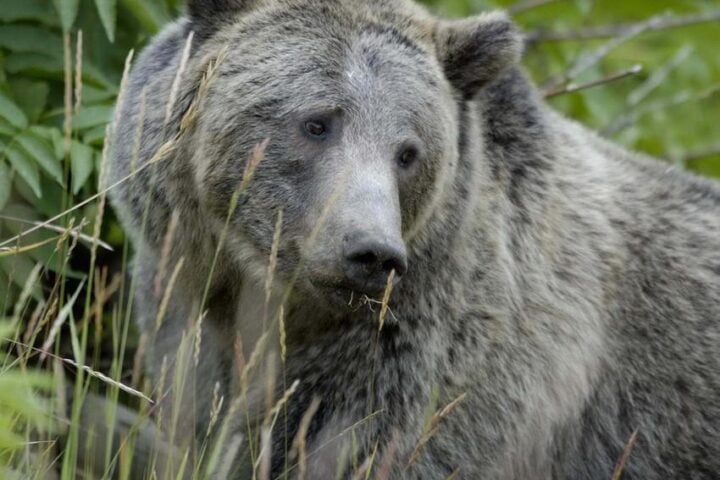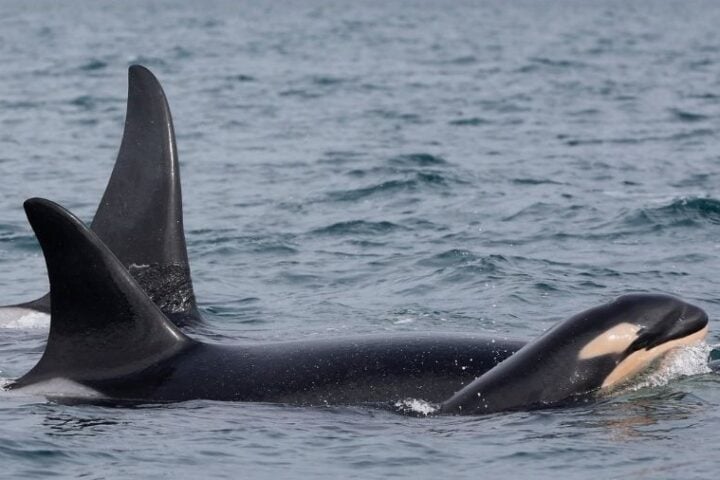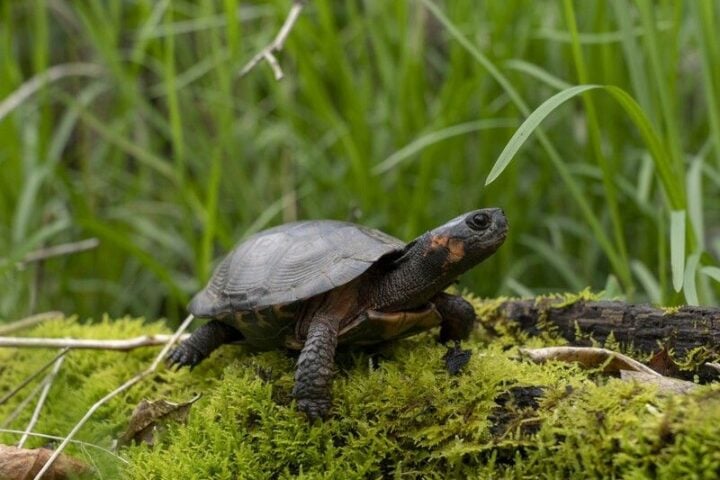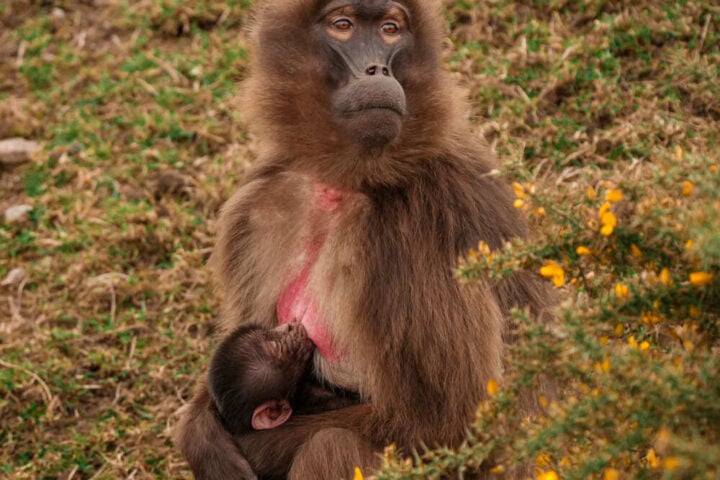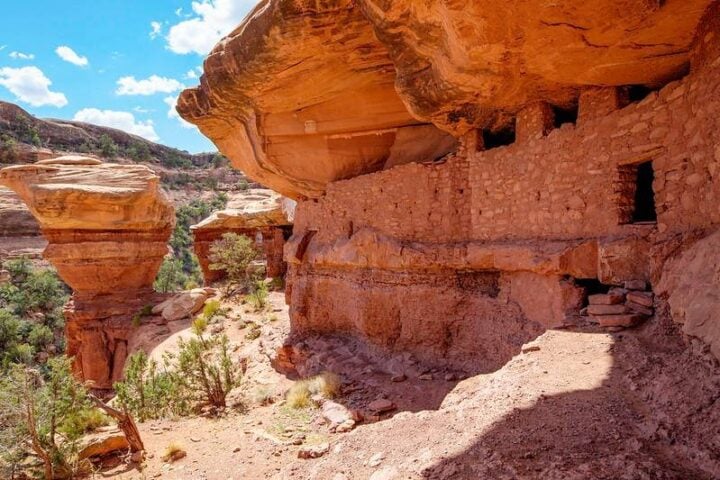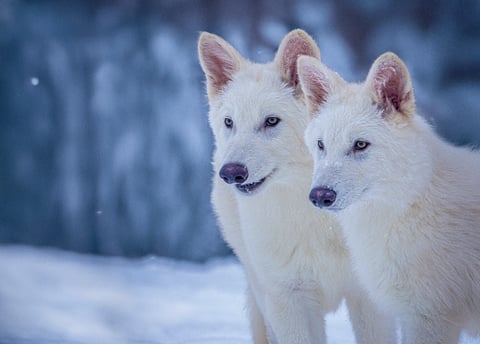The Center for Biological Diversity has announced legal action against the Trump administration over the U.S. Fish and Wildlife Service’s failure to protect the Crater Lake newt under the Endangered Species Act. This rare amphibian, found only in Oregon’s Crater Lake, faces a dire threat from invasive signal crayfish and warming waters caused by climate change.
Chelsea Stewart-Fusek, an endangered species attorney at the Center for Biological Diversity, emphasized that Crater Lake newts face imminent extinction and require immediate intervention to survive. She noted that captive breeding programs may be necessary as an interim solution until the overwhelming crayfish population can be effectively managed.
Critical Population Decline
Recent surveys show the newt population has collapsed dramatically. Researchers counted just 35 newts in 2023, which plummeted to only 13 individuals in 2024. With such low numbers, the species faces imminent extinction risk.
A unique subspecies found only in Oregon’s Crater Lake, the Mazama newt lacks the strong defensive adaptations of its rough-skinned newt relatives. Having evolved as a top predator in an isolated environment without natural enemies, these rare amphibians developed few protective mechanisms against threats.
The Crayfish Threat
Signal crayfish, introduced to Crater Lake in 1915 as food for non-native fish, have expanded dramatically in recent years. They now occupy more than 95% of the lake’s shoreline—up from 50% in 2008. Scientists predict they could spread to the entire shoreline within two years.
The crayfish harm the newts in multiple ways: they directly prey on newts and their eggs, and they compete with newts for the same food sources—primarily aquatic invertebrates.
Similar Posts
Climate Change Connection
Rising lake temperatures due to climate change have created ideal conditions for the crayfish population explosion. The warmer waters help the cold-blooded crayfish thrive, while potentially stressing the newts, which evolved in historically colder waters.
This situation highlights how climate change can amplify existing threats to wildlife, especially in sensitive ecosystems like Crater Lake.
Broader Environmental Impact
The crayfish invasion threatens more than just the newts. By consuming native plankton-eating invertebrates, the crayfish are contributing to increased algae growth in the lake, which could compromise Crater Lake’s famous water clarity.
Stewart-Fusek noted the broader implications of the newt’s decline: “Amphibians act as canaries in the coal mine, and right now more than 40% of the world’s amphibians are at risk of extinction. This is a grave warning that should be taken seriously. What harms wildlife and their habitat endangers us, too.”

Legal Battle for Protection
The Center for Biological Diversity petitioned for the newt’s protection in 2023, and the Fish and Wildlife Service acknowledged that the subspecies may qualify for protection. However, no actual protections have been implemented.
If the newts receive Endangered Species Act protection, federal funding could support critical conservation efforts, including crayfish removal projects and captive breeding programs.
The lawsuit reflects growing concern among scientists and conservationists about the combined threats of invasive species and climate change to unique, localized wildlife populations.
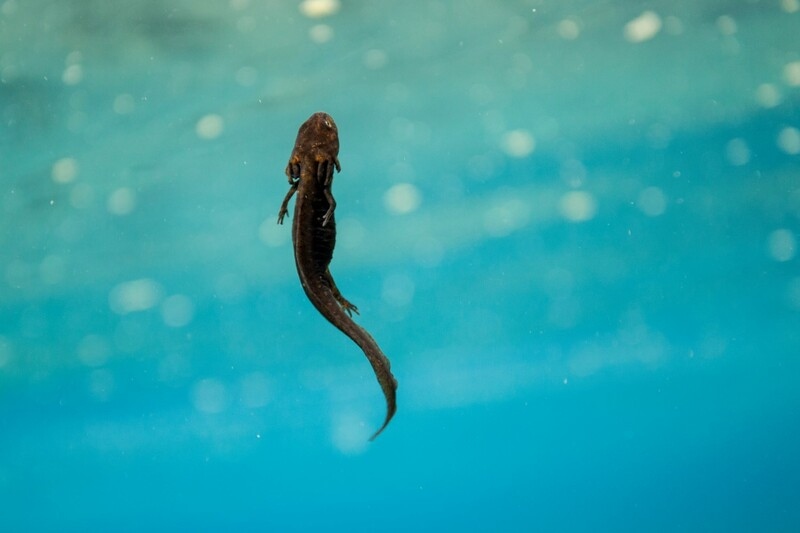


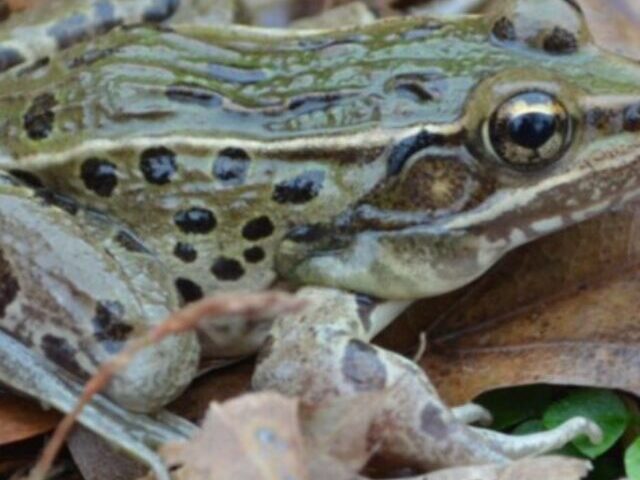
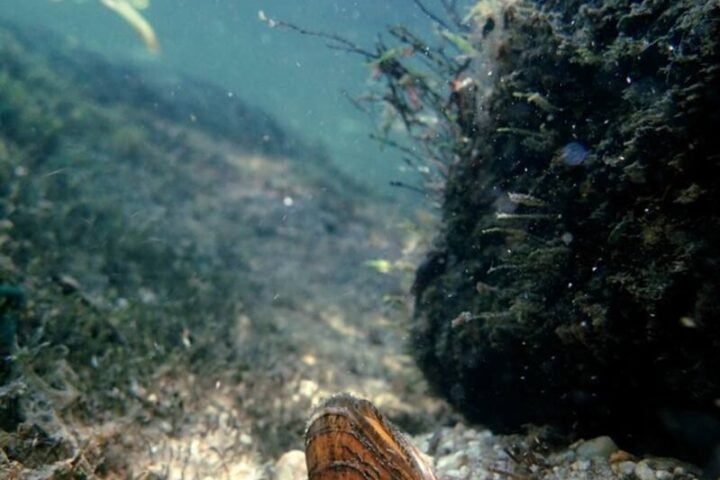


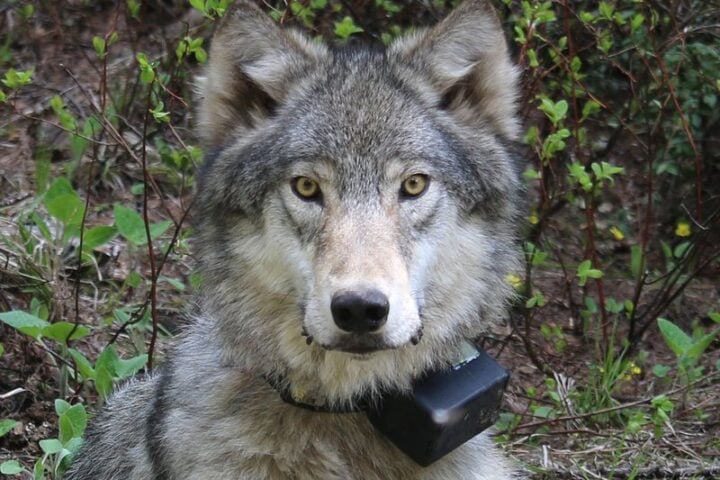
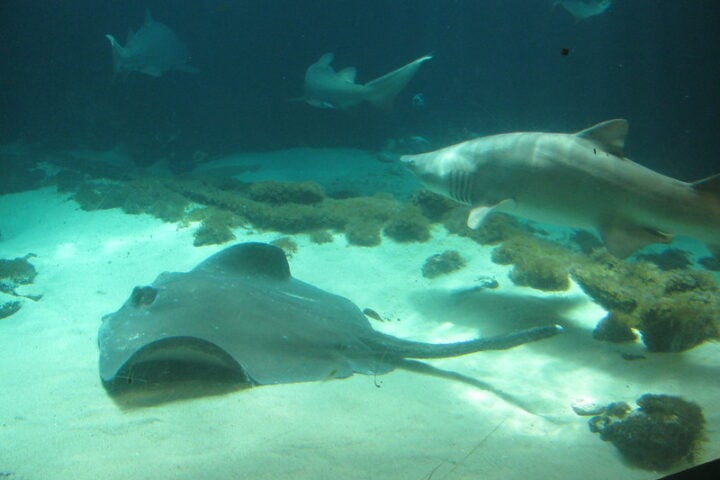
![Representative Image: European Starling [49/366]. Photo Source: Tim Sackton (CC BY-SA 2.0)](https://www.karmactive.com/wp-content/uploads/2025/04/Starlings-Drop-82-in-UK-Gardens-as-Birdwatch-2025-Reveals-Record-Low-Count-Since-1979-720x480.jpg)
